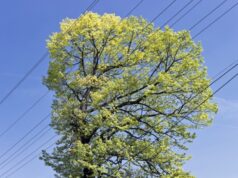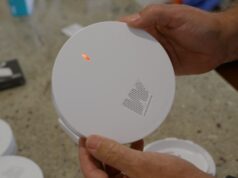
If you’re renovating an older home, there’s a fair chance you’ll come across asbestos. Because it’s so dangerous, laws exist about how it should be handled, and by whom.

What is asbestos?
Asbestos is a naturally occurring mineral with many useful properties. It has a high fire resistance compared to many other building materials, and is cheap to produce.
Asbestos-containing products were widely used for many different purposes around the home, until the mineral was found to have a major role in causing lung disease, and its use in Australia was banned. Although building with asbestos is now outlawed, to this day many Australian homes contain asbestos.
Asbestos is not particularly dangerous unless it’s broken or disturbed – if you find asbestos in your home, you should get it checked by a qualified professional, and if necessary, have it removed.
Asbestos and roofs
Asbestos can be found in many parts of your home, including in your roof. Here are some examples of where you might find asbestos in roofs:
- Roof cladding (flat and corrugated sheets and tiles)
- Eaves, gables, and fascia
- Packing and capping materials under structural supports
- Roof tiles
- Roof membranes
- Water pipes
- Drainage pipes
- Flue pipes
- Guttering
- Spray applied fire rating material to ceiling and structural beams
What to do with asbestos
If your home was built in a tropical or coastal region of Australia before the 1990’s, there is every chance that it may contain some asbestos. The current thinking on asbestos is ‘let sleeping dogs lie’, as undisturbed asbestos is not normally harmful. Of course, if you suspect part of your home contains asbestos, and it becomes damaged, you need to contact a contractor who specialises in asbestos identification and removal – without delay. Familiarise yourself with your state regulations and never attempt to identify, remove or repair an asbestos roof yourself.




